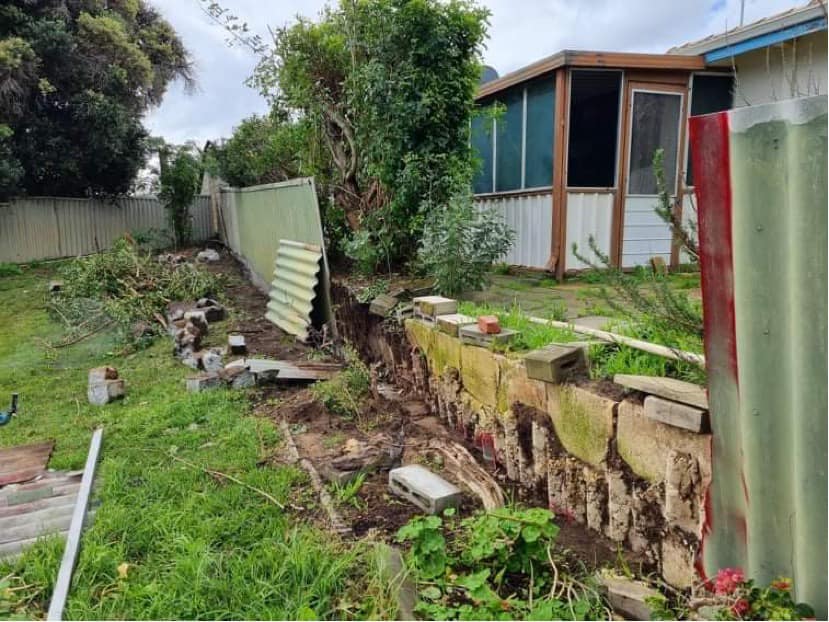Since asbestos has long been banned in Australia, all the remnants of this toxic material found in houses should be removed. Take note, asbestos removal is not a DIY project by any means, and it should be handled by licensed service providers. It is highly toxic and is removed by following a strict safety protocol. Here is an update on the techniques followed in the removal and disposal of asbestos.

Identification of Asbestos
Only a trained and experienced person can identify ACM (Asbestos Containing Material). This person is knowledgeable about the use of different building materials so as to know where asbestos could be found. This toxic material is classified into two categories, friable and non-friable. There are two kinds of asbestos removal licenses. Unrestricted license holders are authorized to remove both kinds of asbestos, friable and non-friable. A restricted license holder can remove only non-friable ACM.
Friable Asbestos
This is the type of asbestos that crumbles under hand pressure. It is found in sprayed insulation, millboard, felt, matting, and asbestos lagging.
Non-friable Asbestos
In this case, the asbestos is bonded with rubber or cement, and hence it does not crumble under hand pressure. Cement sheet asbestos falls in this category. Pitch-based electrical switchboards also fall in this category.
Removal Protocol
Certain protocols should be strictly observed while removing asbestos. These methods are required by law, and any deviation from this is a criminal offense according to law. The licensed agency should be following the policies specified in the Asbestos Regulations Act, 1992. Any kind of activity that releases Asbestos fibers in the air should be strictly avoided. These fibers can get into the respiratory system and pose a serious health hazard.
- The person should be wearing a full protective gear
- Power tools cannot be used to drill, cut, or sand ACM
- High-pressure water or air cleaners should never be used
While removing cement sheets consisting of asbestos, they should be sprayed gently with water or a Poly Vinyl Acetate (PVA) solution to prevent the formation of airborne dust. While removing an asbestos cement sheet, first, a trench is made around the fence. Then the entire sheet is carefully removed by hand by causing minimum breakage.
Protective Gear Used
The person removing ACM should wear the following gear.
- Disposable respirator (class P1 or P2)
- Disposable coveralls (Type 3)
- Eye protection
- Disposable Gloves
Disposal of Asbestos Sheet
The asbestos sheet should be stacked in 0.2 mm polythene sheets filled up to 50% capacity. The sheets should not be stacked together, and the bag should be properly sealed before disposing of in a designated landfill.
Hiring a Licensed Service
JM Fencing has considerable experience and full license to remove all kinds of asbestos. Contact us now if you need to have it removed from your property.
